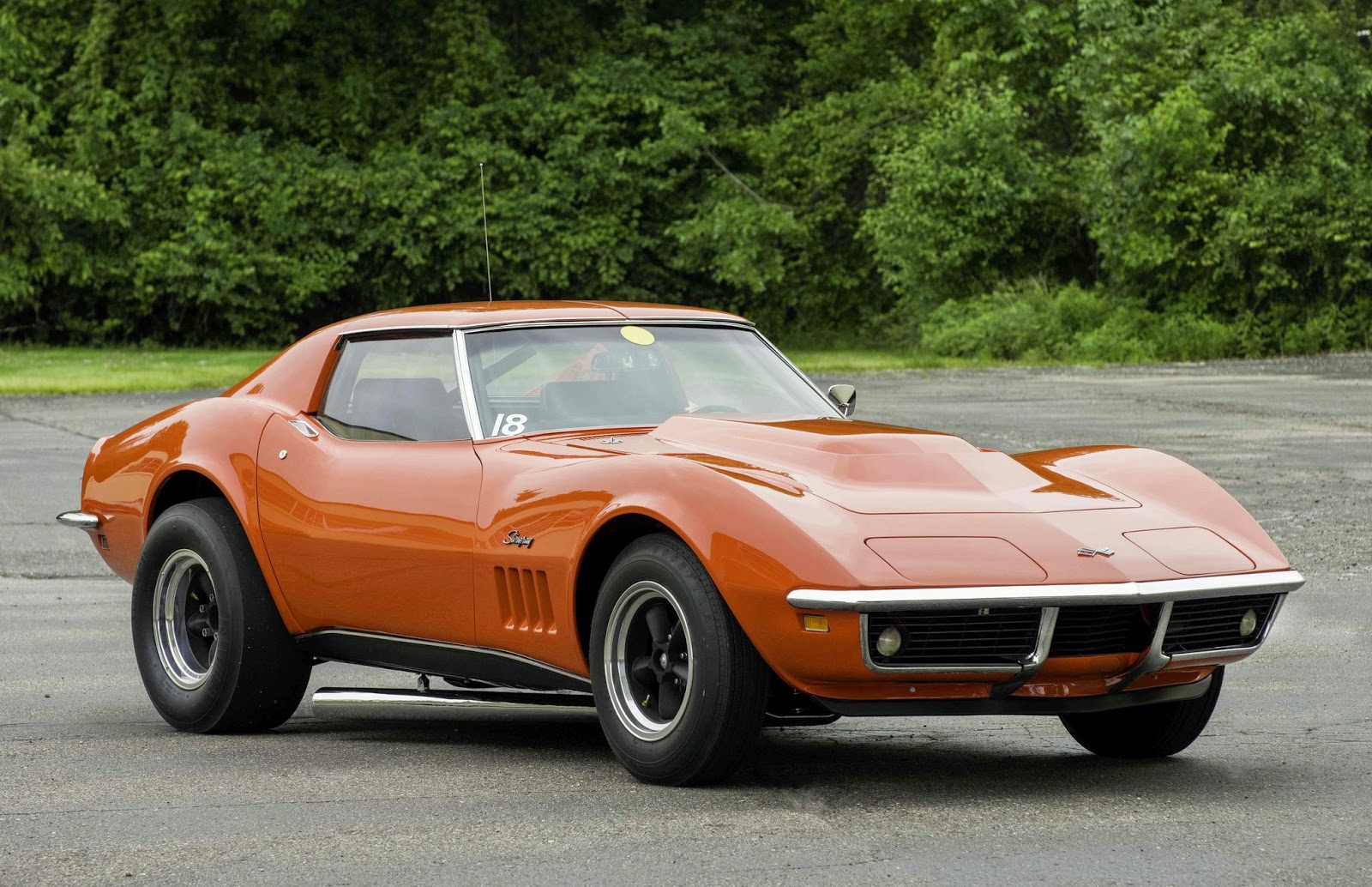This one-of-a-kind 1968 Corvette bolted from the starting line of a temporary dragstrip at the General Motors proving ground in Milford, Mich., accelerating with a fury that would have many of today’s supercars inhaling its exhaust fumes.
Cobbled together with a prototype engine, some G.M. performance parts and a lot of hot-rodder handiwork, this Chevrolet engineering project never advanced to production. Nor was it intended to. Its only purpose, says Gib Hufstader, a retired G.M. engineer who helped manage the project, was to impress reporters at the automaker’s annual new-model previews.
And impress it did, each writer getting a chance behind the wheel on the makeshift track. Its mission accomplished, the Corvette disappeared, remembered mainly by the band of engineers who built it and the reporters who wrote about their drives.
Because of the enthusiasm of Dave Miller, a Shell Beach, Calif., collector — and avid reader of publications that cover high-performance cars — the story of this one-off machine is being retold in the form of an especially faithful replica. Far more than a typical cosmetic recreation, this car is based on extensive research into that engineering project of long ago.
Mr. Miller’s cloned Corvette was built to specifications from the original car’s documentation. While it’s undoubtedly fun to drive, the clone Corvette and the car that inspired it are significant mainly because they symbolize a time when rules were stretched in the battle for sales.
Each summer, G.M. held an event for the so-called long-lead journalists, whose publications worked some three months in advance. The young and enthusiastic writers who attended weren’t there for the pittance they earned; they came for the cars.
Unhappy writers don’t produce glowing reviews, and G.M. knew it had to show off serious horsepower to help journalists forget the heat and praise the brands. If nothing awesome was scheduled for introduction, awesome could be cobbled together.
For the 1968 long-lead program, Chevrolet took things to the next level and paired a stripped, lightweight Corvette with an engine that was not yet available, the all-aluminum 427-cubic-inch ZL-1. To make it look like a production cast-iron engine, the aluminum engine block was painted.
Jim McFarland of Hot Rod Magazine was prepared for just such shenanigans: His magnet gave the game away.
“Detroit automakers were modifying cars to impress journalists,” Mr. McFarland said in a telephone interview. “I got in the habit of carrying a magnet to check for aluminum parts.”
On the temporary dragstrip, the car rocketed well past 100 m.p.h. in the quarter-mile runs,, and with a 3-speed automatic transmission it was easy to drive. Smiles were everywhere, Mr. Hofstader said.
Those smiles must have pleased G.M. management, because the car appeared again the next year, this time with an experimental engine that would never be offered, an all-aluminum 454-cubic-inch V8 designated LT-2 in G.M. documents. Among its many special parts was an elaborately plumbed exhaust system pairing cylinders that fired 180 degrees apart. A 1969 dynamometer test registered 584 horsepower.
Writer after writer drove the quarter mile in the potent machine. A total of 71 runs were recorded by Mr. Hufstader; the best time for the quarter-mile was 10.89 seconds, and the average was 12.13 seconds
info and photos from http://www.nytimes.com/2014/08/17/automobiles/collectibles/a-blast-while-it-lasted-unique-corvette-earns-an-encore.html?partner=rss&emc=rss&_r=0#





